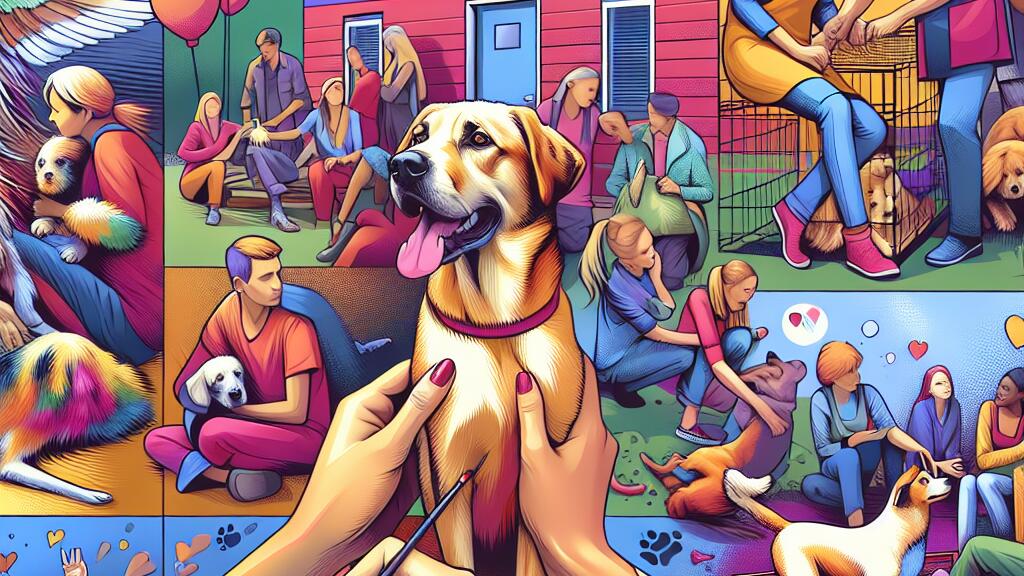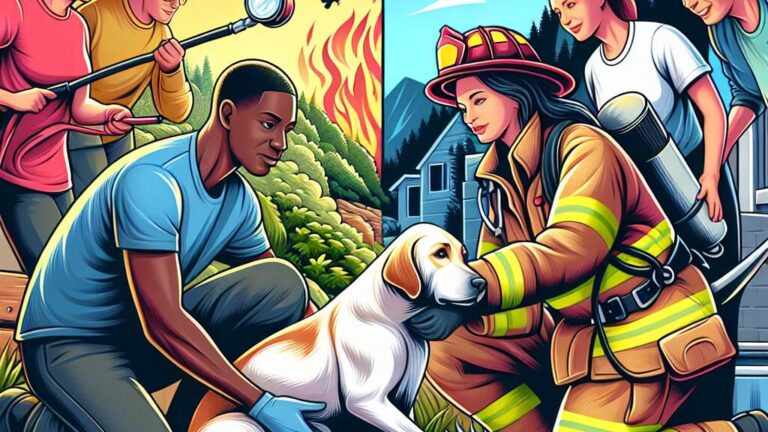How to Prepare Your Home for a Dog Adoption
Health and Wellness
Health and wellness are essential aspects to consider when preparing your home for a new dog adoption. Prioritize your furry friend’s well-being by scheduling vet appointments promptly after bringing them home. Regular check-ups and vaccinations will help ensure your dog is healthy and happy.
Addressing any behavioral issues is crucial in maintaining your dog’s overall wellness. If your new companion experiences separation anxiety, be patient and comforting as they adjust to their new surroundings. Providing a safe and secure environment can help ease their anxiety and promote a sense of security in their new home.
Scheduling Vet Appointments
When bringing a new dog into your home, it is essential to schedule vet appointments promptly. This initial visit will allow the veterinarian to conduct a thorough examination and ensure your new furry friend is in good health. Vaccinations, heartworm prevention, and other preventative measures can also be discussed and implemented during this visit.
Establishing a relationship with a trusted vet early on will benefit both you and your new dog in the long run. Regular check-ups and preventive care are crucial for maintaining your pet’s health and well-being. Be sure to follow the vet’s recommendations for vaccinations, parasite control, and any other necessary treatments to keep your dog healthy and happy.
Addressing Behavioral Issues
Addressing behavioral issues is an essential aspect of welcoming a new dog into your home. One common challenge that dog owners face is separation anxiety. This condition can manifest in excessive barking, destructive behavior, or even self-harm when the dog is left alone. To address separation anxiety, start by gradually getting your dog accustomed to being alone for short periods of time. Use positive reinforcement techniques to create a positive association with alone time, such as providing a special treat or toy when you leave.
Another behavioral issue to consider is leash pulling during walks. Dogs naturally want to explore their surroundings, but leash pulling can make walks stressful for both the dog and the owner. To address this behavior, it’s important to train your dog to walk politely on a leash. Use consistent commands and reward good behavior with treats or praise. Additionally, consider using a front-clip harness or head halter to help discourage pulling and provide better control during walks. By addressing behavioral issues with patience and consistency, you can help your new dog adjust to their new environment and build a strong bond with your furry companion.
Dealing with Separation Anxiety
Training a dog to cope with separation anxiety is crucial for their well-being and your peace of mind. Start by desensitizing them to your departures. Practice leaving the house for short periods at first, gradually increasing the time you’re away. Reward your dog when they remain calm during these practice sessions. Consistency is key in reinforcing positive behavior and reducing anxiety when left alone.
Creating a safe and comfortable environment can also help ease separation anxiety. Provide your dog with their own designated space where they feel secure. Leaving them with familiar toys or comforting items can offer a sense of familiarity and reduce stress. Make sure to build up departure cues slowly and avoid making a fuss when leaving or returning to prevent reinforcing anxious behavior in your furry companion.
Dietary Needs
When it comes to the dietary needs of your new furry friend, choosing the right food is crucial for their health and well-being. Just like humans, dogs require a balanced diet that provides essential nutrients such as protein, carbohydrates, fats, vitamins, and minerals. It is important to consult with your veterinarian to determine the best type of food for your dog based on factors like their age, breed, size, and any existing health conditions.
In addition to selecting the appropriate food, it is essential to establish a consistent feeding schedule for your dog. Most dogs thrive on a routine, so feeding them at the same times each day can help regulate their digestion and prevent stomach upset. Be mindful of portion sizes to ensure that your dog is receiving the proper amount of food to maintain a healthy weight. By prioritizing your dog’s dietary needs, you can set them up for a happy and healthy life in their new home.
Choosing the Right Food
When selecting the right food for your newly adopted dog, it’s crucial to consider their age, size, breed, and any specific dietary requirements they may have. Consult with your veterinarian to determine whether your dog needs a specialized diet due to health conditions like allergies, digestive issues, or weight management. Once you have a better understanding of your dog’s dietary needs, you can choose a high-quality commercial dog food that meets their nutritional requirements.
Additionally, take note of the ingredient list on dog food labels to ensure that your furry friend is getting a well-balanced diet. Look for formulas that list meat as the primary ingredient, as well as whole grains, fruits, and vegetables. Avoid foods that contain additives, artificial flavors, and fillers that offer little to no nutritional value. Remember, providing your dog with a nutritious diet is essential for their overall health and well-being.
Exercise and Play
Exercise and play are crucial aspects of ensuring the well-being of your new furry family member. Regular physical activity is essential for a dog’s physical health, mental stimulation, and overall happiness. It is important to provide opportunities for your dog to release pent-up energy through interactive play and exercise routines. These activities not only keep your dog healthy but also strengthen the bond between you and your pet.
Incorporating daily walks, interactive games, and toys that encourage movement can help keep your dog mentally and physically engaged. Depending on your dog’s breed and age, the amount of exercise needed may vary, so it’s essential to tailor activities to suit your dog’s specific needs. Making time for play and exercise not only helps your dog stay fit but also provides them with a sense of fulfillment and contentment in their new home.
Ensuring Sufficient Physical Activity
Making sure your new furry friend gets enough physical activity is essential for their overall health and well-being. Dogs need regular exercise to stay fit, maintain a healthy weight, and expend excess energy. Depending on your dog’s breed, age, and size, the amount of exercise required can vary. It’s important to engage in activities that cater to your dog’s specific needs and preferences to ensure they are getting enough physical activity each day.
Regular walks, playtime, and interactive games are great ways to keep your dog active and stimulated. Not only does physical activity help prevent obesity and other health issues, but it also strengthens the bond between you and your dog. Be sure to incorporate a mix of activities to keep things interesting and fun for both you and your furry companion.







